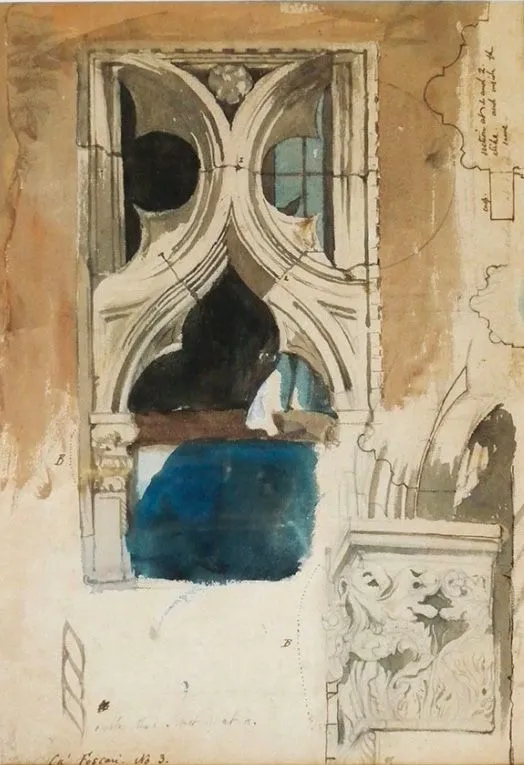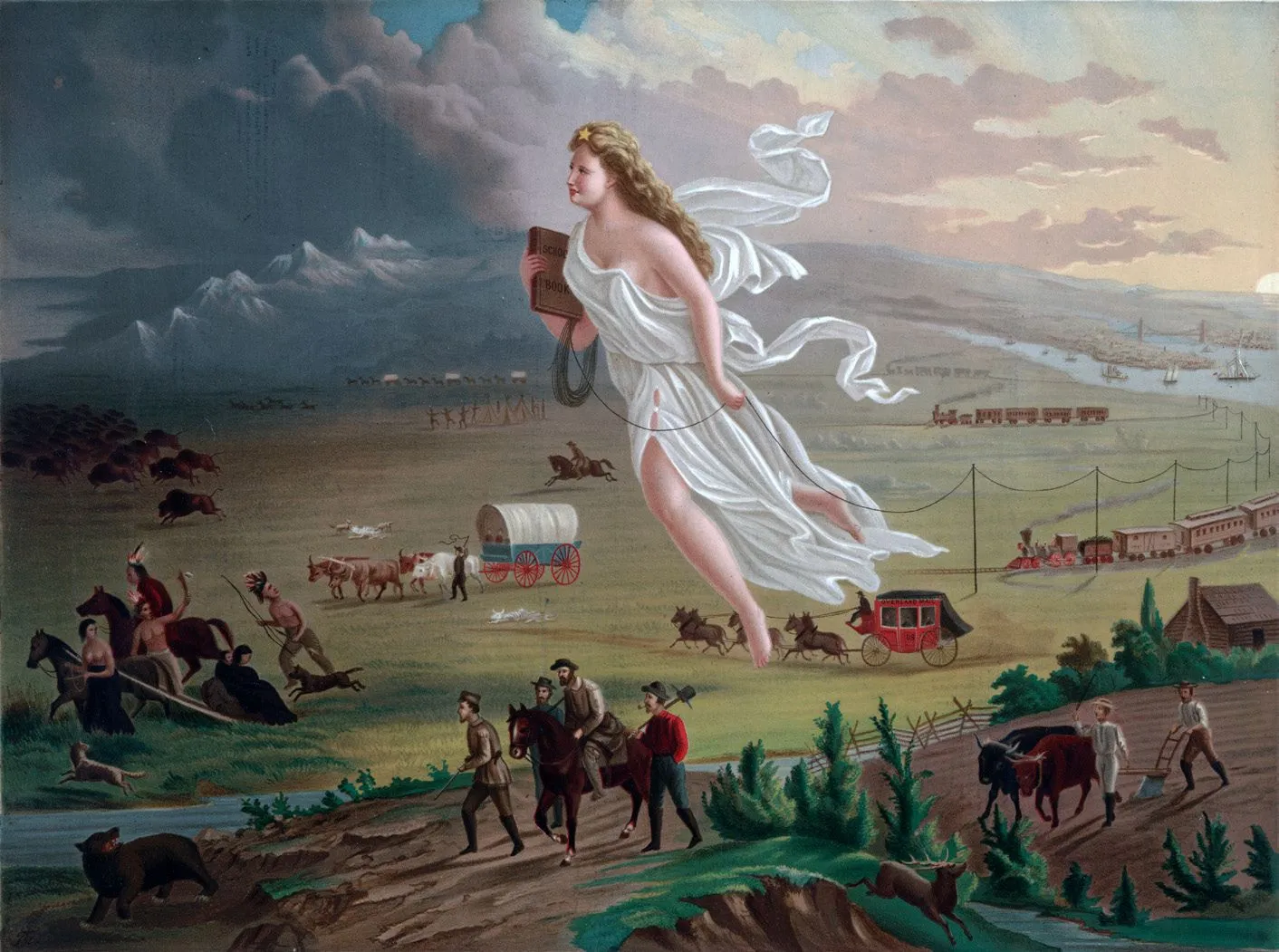IMAGINING THE ALTERNATIVE RHYTHMS OF CONTEMPORARY ARCHITECTURE OF TAIWAN
Meng-Tsun SU
Co-curator / Assistant Professor, Dept. of Architecture
Tunghai University
The contingency and uncertainty within landscapes have compelled architecture to shift and adapt according to its surrounding conditions. As a crucial nexus of trade, technology, and geopolitics, Taiwan’s contemporary landscape inevitably transcends scales and disciplines, engaging with urban studies, environmentalism, and diverse planning practices. In this light, architecture—broadly defined—becomes both an interface and a catalyst. One of the greatest challenges of this “NON-Belief: Taiwan Intelligens of Precarity” is identifying clues and patterns amid divergent phenomena, yet this very challenge presents an opportunity: a chance to reset and reimagine through what can be called “Zero-Degree Architecture”—a fresh departure after the complexities of urbanization and environmental transformation.Since the Space Age, technological advancements have continuously shrunk the perceived scale of the Earth’s systems. In December 1968, when the Apollo 8 spacecraft orbited the Moon and transmitted the firstever “Earthrise” image—showing the Earth from the Moon’s perspective—our vast planet was suddenly perceived as a tiny ecological sphere. An island, much like a planet, is surrounded by coastlines that define its boundaries, yet the ocean offers infinite possibilities for connection. However, through different phases of modernization, intensive farming and mass production—hallmarks of capitalist expansion—have encroached upon once layered, diverse rural landscapes that were home to various activities, events, and coexisting values. Over time, these complex rural textures have faded, replaced by vast open fields, governed by the relentless forces of speed and efficiency that now dominate the land.
The British art and architecture critic John Ruskin, in The Stones of Venice, used Venice as a field study, observing architecture, climate, and land with a fresh perspective. Through these endeavors, he questioned the landscape of Britain’s capitalist industrial society. In his book The Elements of Drawing , Ruskin also argued: “If you can draw that stone, you can draw anything… If you can draw the stone rightly, everything within reach of art is also within yours.” By suggesting that natural history can serve as a bridge between architecture and culture, He revealed connections between architectural forms and regional landscapes through the microscopic details of leaf structures and rock textures. Furthermore, he emphasized that the act of seeing inherently involves questioning the formulas left behind by past artists. What intrigues us is this: under Ruskin’s critical philosophy of “learning through close observation,” any style or school of painting and architecture risks falling into soulless imitation when it adheres to formulas. (fig 1.) By contrast, designers and planners—in their observations of the built environment—might similarly be challenged to confront the dominance of speed, efficiency, and technology as singular societal values. Could a meaningful genuine engagement with architecture’s connection to the environment reveal new possibilities beyond these limitations?
 fig 1. John Ruskin, Window from the Ca’ Foscari, The Seven Lamps of Architecture ( London: Smith, Elder, and Co., 1849 ).
fig 1. John Ruskin, Window from the Ca’ Foscari, The Seven Lamps of Architecture ( London: Smith, Elder, and Co., 1849 ).
In 19th century New England, the industrial and technological transformations deeply impacted the existing landscape order. Near Walden Pond in Concord, Massachusetts, steam-powered trains frequently roared past, releasing thick plumes of smoke. The relentless internal combustion engines generated immense energy, making the locomotive a powerful symbol of progress—so much so that it became an almost essential element in 19th century landscape painting. (fig 2.) Henry David Thoreau, in Walden; Or, Life in the Woods, famously wrote: “We do not ride on the railroad; it rides upon us.” To him, the long hours of labor required to earn a train fare far outweighed the time it would take to walk on foot. Though trains at the time traveled at less than fifty kilometers per hour, Thoreau’s warning was about something far greater: the rise of standardized time, dictated by railway schedules and factory shifts, which came to dominate the pace of modern life. In the age of anthropocene, efficiency and precision in high-speed flows have further suppressed local, self-sufficient rhythms. The mobility of space now bypasses and transcends localities, pushing them to the margins of larger systems and structures.
 fig 2. John Gast, American Progress, 1872.
fig 2. John Gast, American Progress, 1872.
The ever-expanding high-tech industry still enjoys its prime days in Taiwan. Following the establishment of the Hsinchu Science Park in 1980, large-scale industrial technology districts were developed in Taichung and Tainan, supported by government incentives such as tax breaks and land subsidies. This expansion pushed the faith in precision and efficiency to its limit. Whether in the volcanic and hilly regions of northern and central Taiwan or across the irrigation-fed of Chianan Plain, the landscape has been shaped by a dense network of north-south and east-west transportation routes—first steam railways, later automobiles, electrified trains, and high-speed railways. As Taiwan advanced through different stages of modernization, alternative rhythms and tempos have become increasingly difficult to imagine. In the face of technological progress, which upholds speed and efficiency as dictating values, another form of belief has been suppressed—a belief in spiritual pursuit, resilience after loss, human interactions within enclosed spaces, and community life. Historian Yuval Noah Harari has identified two key aspects of the modern world and the cognitive revolution: the willingness to acknowledge one’s ignorance and the ability to gain new capacities through observation and mathematics. However, the precision of mathematical language has itself become a new form of dogmatic authority. Just as blank spaces on world maps were rapidly filled during Europe’s Age of Discovery, the gaps in knowledge and technology are also shrinking. Yet, beyond dominant visual styles and mainstream ideologies, an alternative architectural discourse continues to emerge, reimagining work, life, and leisure in relation to the environment. Compared to physical order, it is often the imagined order that plays a more crucial role in shaping how we understand and integrate the world.